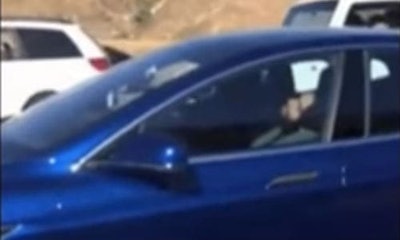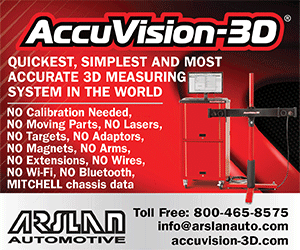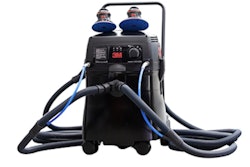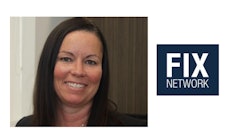
By Jeff Sanford
Toronto, Ontario — May 29, 2016 — This week we take a look at how Tesla’s new Autopilot mode is being used in ways the automaker didn’t intend, and a new report from Deloitte that outlines some of the upcoming impacts on the auto insurance industry.
There is an ongoing debate about when automated vehicles (AVs) will begin to appear on roads. Arguably, they are already here. The latest Teslas come with a “highway driving mode” that is supposed to let the driver take the hands off the wheel for a short time while cruising on a highway. It’s like cruise control on steroids. The cameras in the car work to keep it between the lines on the road. Some Tesla owners, however, are pushing this function to extremes.
Reports hit the media this week about a video that surfaced online of a Tesla driver taking a nap while the Tesla Autopilot function kept the car moving down the highway. Arguably, AVs are already here.
One thing rarely mentioned in all the AV talk is a fairly obvious benefit: drunk driving will effectively become a thing of the past. People are going to be able to drive to a bar or party, get drunk, and then drive home without a worry. The bar business will boom. It’ll be like the old days when you took a horse to the tavern and then let it take you home. Our laws, however, do not allow for this. Trying it now, no matter how the vehicle is equipped, will land you in extremely hot water. So will sleeping while your car drives. Speaking of which, we’ve got the video of this at the bottom of the page.
A new report from Deloitte, “Insuring the future of mobility: The insurance industry’s role in the evolving transportation ecosystem,” indicates shifts in auto insurance and a reduction in revenue from policies as consumers continue to adopt car-sharing and ride-sharing as a way to maintain access to a vehicle.
In particular, the report outlines how the frequency of claims will fall as vehicles equipped “with either partially autonomous or fully autonomous capabilities comprise a growing portion of the fleet.” Whether the reduction in the number of claims will be offset by a higher average claim amount (each claim is costing more as cars become more complex) is yet to be seen.
The report projects “that over the next 25 years, total auto insurance premium need could decline by up to 30 percent from current levels. The two primary factors responsible for the decline are the reduction in frequency of ‘loss events’ and the decline in the total number of vehicles due to the efficiencies gained by vehicle sharing.”
The report also predicts that while “driver liability and collision coverage will decrease, insurers will have an opportunity to provide product liability insurance for AV manufacturers and shared-mobility providers. For example, as automakers introduce self-driving cars, product liability policies can be expected to increase as liability shifts from human drivers to the autonomous vehicle system. Personal auto policies are likely to decline steeply if not disappear completely.” Insurers are “likely to start seeing slippage in personal lines over the next 10 years.”






















